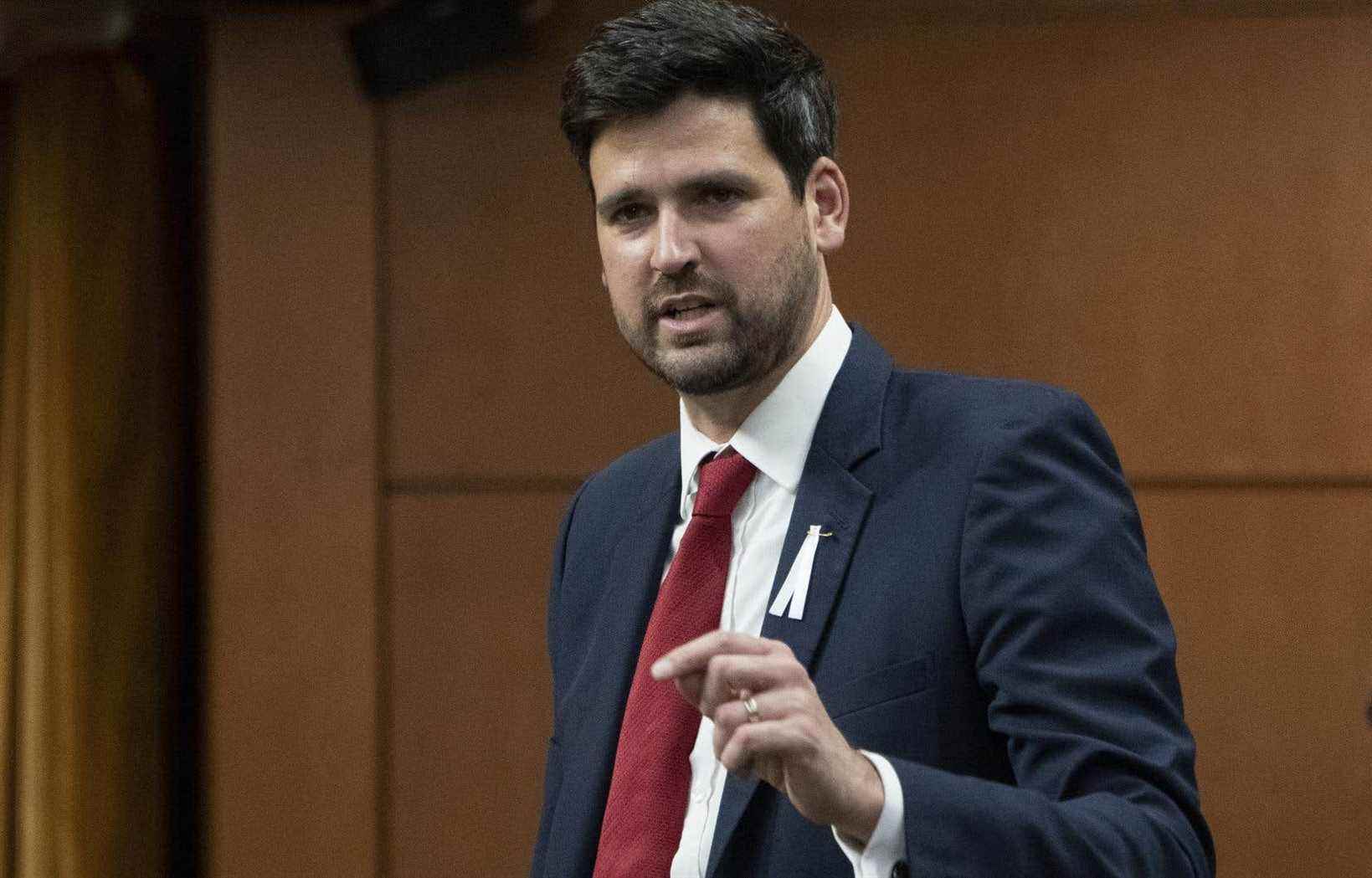Canada wants to welcome more than 431,000 new permanent residents this year, and even more the next two years. Ottawa is revising its previous targets upwards and aims to admit a total of 1.33 million immigrants by 2024.
Federal Immigration Minister Sean Fraser tabled his first annual report in Parliament Monday afternoon, unveiling the new targets. These “bold new goals” should “further highlight the immeasurable contribution of immigrants in our communities and in all sectors of the economy,” he said shortly after this filing.
The majority of these new permanent residents will arrive in the country under the broad category of economic immigration, through programs such as “express entry” and through provincial selection. “We are focused on economic recovery, and immigration is the key to achieving this,” said the minister.
The number of admissions in the refugee category has also increased slightly in 2022 compared to previous levels, while Ottawa wants to welcome 40,000 Afghan refugees.
Justin Trudeau’s government is thus moving forward with record targets, “despite unprecedented challenges,” acknowledged Mr. Fraser in the introduction to this report. He promised in early February to tackle immigration delays, including a large backlog of 1.8 million files in processing. Other problems have been denounced for several months, such as delays in the issuance of permanent resident cards, as well as for asylum seekers who worked in health during the pandemic. This is $85 million that will be invested in particular to hire more staff.
Historic levels
Ottawa also hopes to finally reach its target for Francophone immigration outside Quebec in 2023, or 4.4% of all admissions, a target that has been missed for years according to the Commissioner of Official Languages.
In 2020, 184,606 permanent residents were registered in Canada, which is much less than the announced target of 341,000, this annual report also confirms. This number, according to Minister Fraser, is nevertheless an “impressive success given the closures and border restrictions” due to the pandemic, he wrote there.
For that same year, there were 326,116 temporary work permit holders in the country, which illustrates another major trend, namely the increase in temporary categories. What is called the “non-permanent resident balance” represented 1.3 million people as of January 1, 2020, according to information previously communicated by the federal Department of Immigration to the Duty. Holders of temporary residence permits, all permit categories combined, thus represented nearly 3.5% of the total population in the same year.
Monday was the first official announcement of targets since October 2020. Last December, Minister Fraser said in an interview with the Duty want to be the most ambitious immigration government ever.
For 2021, he estimates to have reached “this historic achievement” by welcoming more than 401,000 new permanent residents, he said in a press release. The majority of these people were already inside the borders under temporary status and achieved permanency through various programs.
The previous record dates back to 1913, when 400,900 new permanent immigrants entered Canada. The country then had only 7.6 million inhabitants; this influx therefore represented a larger proportion of its total population, more than 5%. By comparison, the immigration target for 2022 embodies 1% of all Canadians.
